The Lost Art of Lookbook Worlds
When fashion storytelling was slower, stranger—and built by hand.
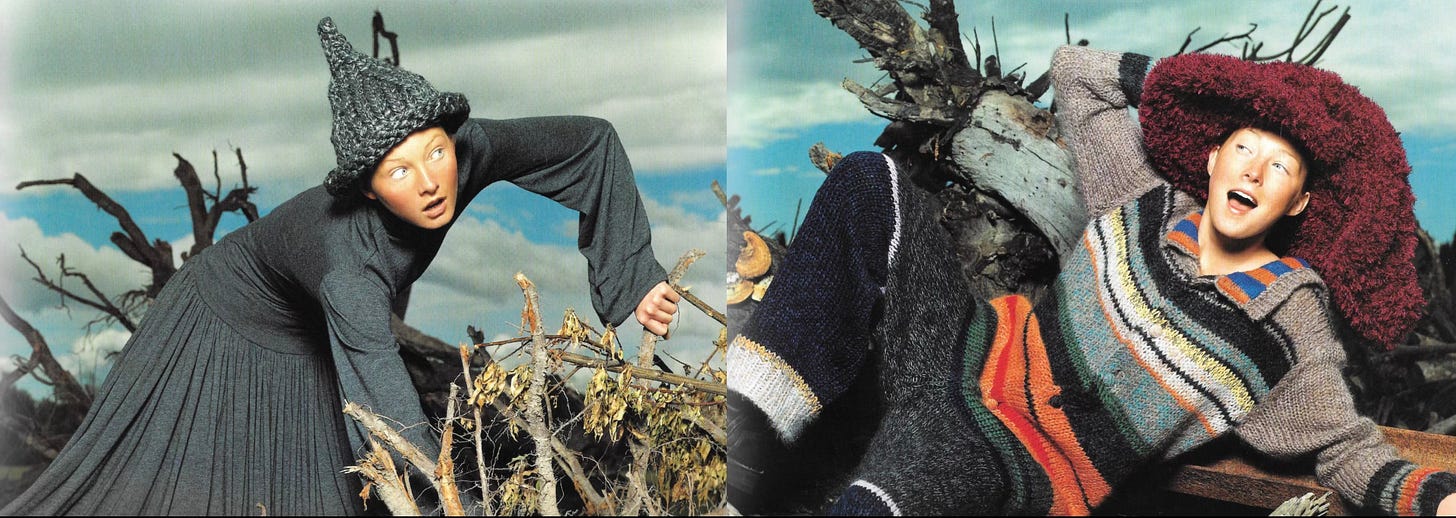
Before the scroll, the swipe, and the 9:16 campaign film, the lookbook was fashion’s most intimate storytelling tool. Not quite editorial, not quite advertising, it operated in its own space. It was part document, part statement. A designer’s season was rarely complete without one.
Today, the format is still around, but it often serves as a clean tool for delivery. Flat backgrounds, evenly lit poses, quiet styling, and a press-ready zip file. It works. But it doesn’t tell a story, it’s simply a collection showcase. The lookbook once offered a language. You could hear a designer’s intent through casting, paper texture, model expressions, photocopy mistakes, or a barely legible sentence scrawled on the last page. This was image-making with an internal logic and it built cult followings. Where did the art of lookbook creations go over time?
Today I am covering this in an essay. I personally lived for lookbooks, even when I was young I remember getting the H&M Kids Back to School lookbook in the mail and circling and cutting out the items I wanted, my mom always let me pick one for my first day of school in the new year. Later this led me to discovering lookbooks of brands like Yohji Yamamoto, but over the years they slowly dissapeared. Recently I worked on a lookbook ‘campaign’ for a brand and was so excited, it was an opportunity to do more storytelling and work with multiple models, but my excitement slowly faded when each element was stripped away from the concept and turned into something rather boring that I didn’t envision. Let’s dive into how lookbooks used be an art and important asset deliverable for brands..
This is a free article, if you support my writing and want more of this. Consider upgrading to paid, I spend a lot of time and love into researching, making connections and writing articles so it would really help me!
The Lookbook as a Site of Invention
The lookbook gained traction during a time when many designers didn’t have access to major runways or budgets for large-scale campaigns. It was a DIY artefact: scrappy, specific, and often created with little more than a camera, a printer, and trust in your immediate circle.
Bless N°00 debuted as a paid advertisement in i-D magazine in 1996, presenting a fur wig made from vintage coats with the tagline “Fits every style! Cut and try.” It was a concept-driven product launch that treated the ad itself as the medium, in the form of a reimagined lookbook. No previous collection existed, the item number was part of the joke. Friends and early collaborators appeared in the visuals, including photographer Céline Bortoleti, giving it the intimacy of a handmade zine inside a global magazine. The piece became a cult artefact and caught the attention of Maison Margiela’s Patrick Scallon, who helped bring Bless into the wider fashion sphere.
(source 1, source 2)
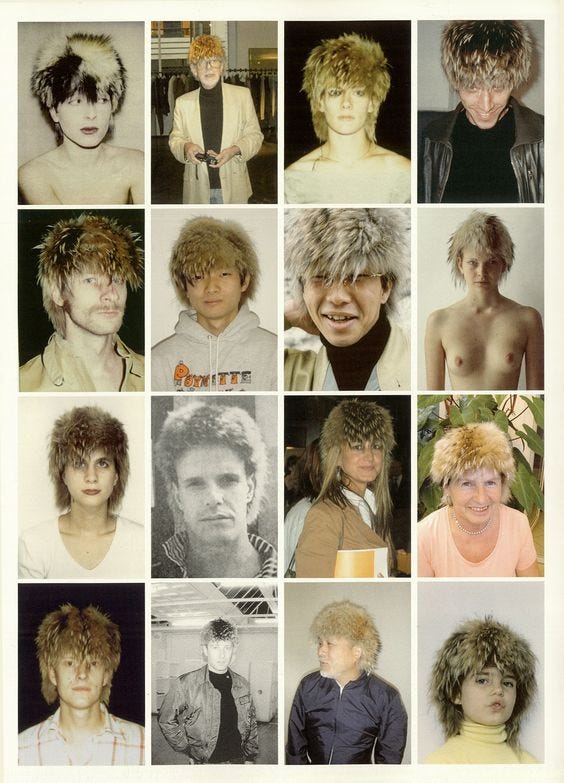
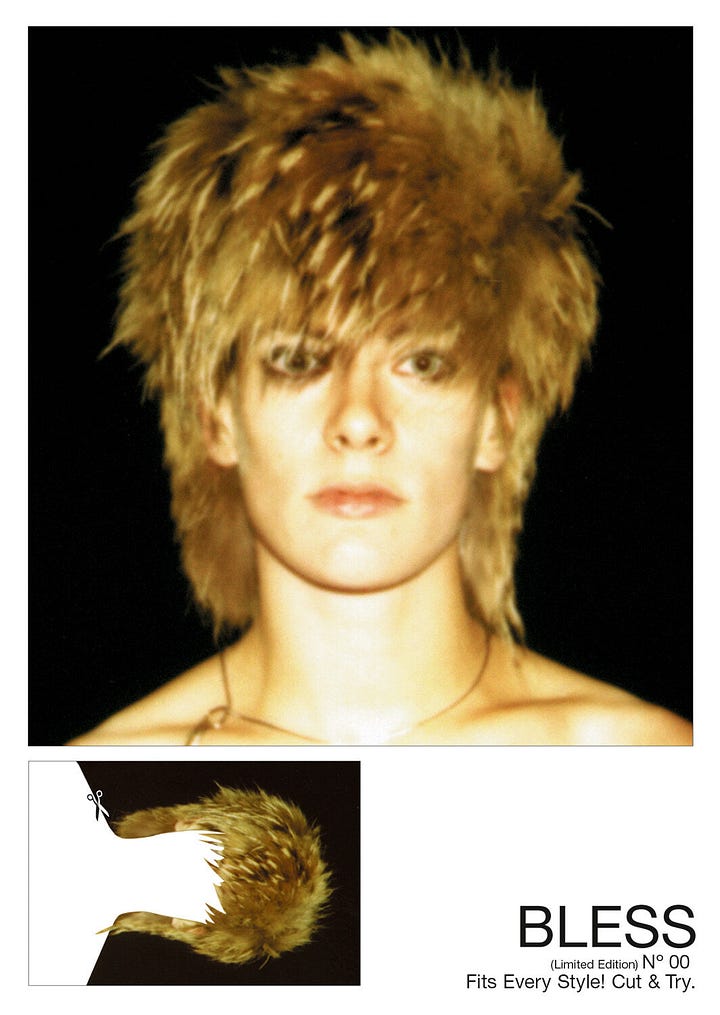
In the early 2000s, Susan Cianciolo produced hand-sewn booklets to accompany her Run collections. These were more like sketchbooks than catalogues. They were stitched together with cloth, fragments, and marginalia. They offered a point of view, embedded in texture and time, more than commercial purposes.
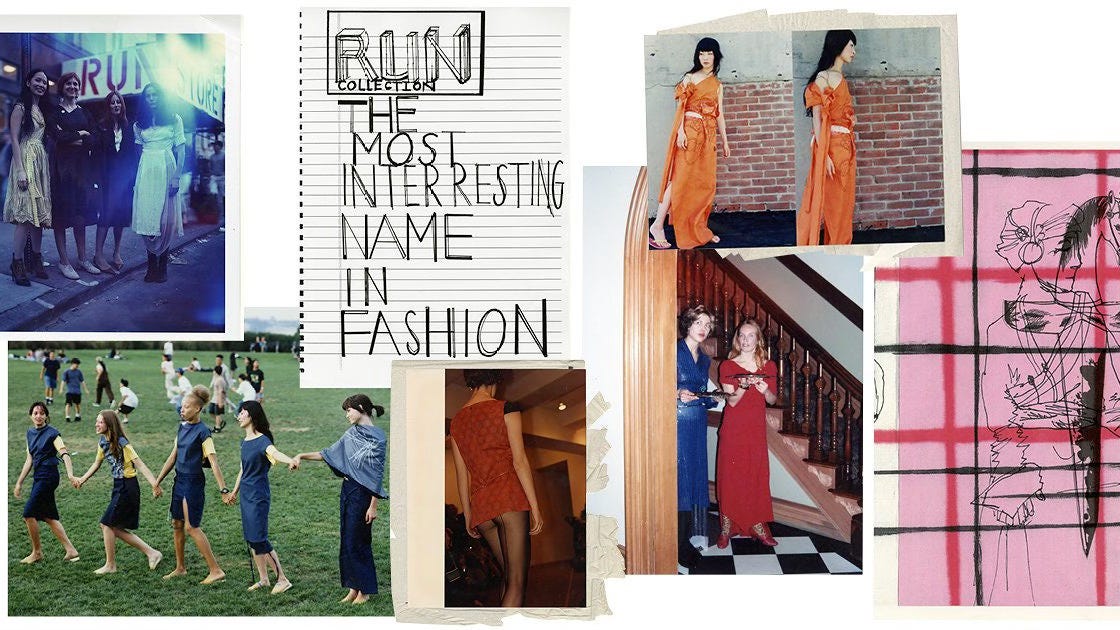
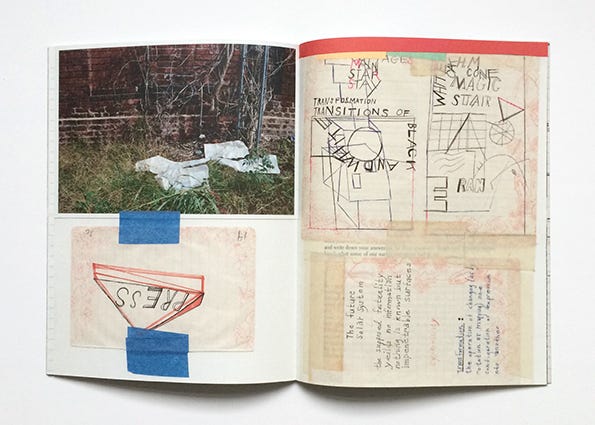
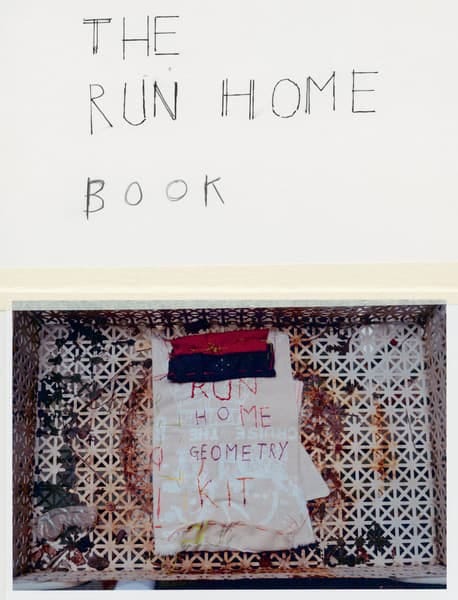
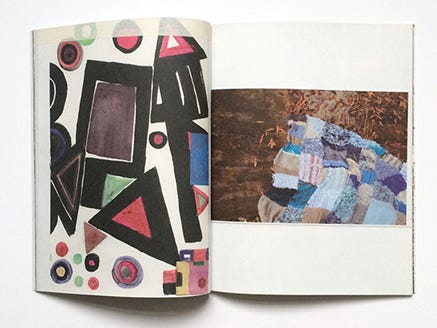
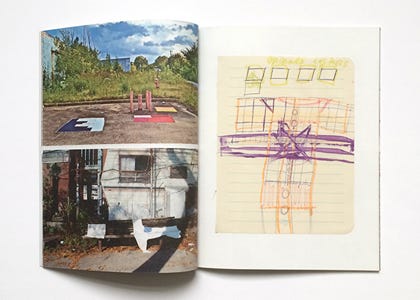
Lo-Fi Was Part Of It
Some of the most compelling lookbooks were made under visual constraints: no budget, poor lighting, a borrowed camera, or models who were simply friends. This led to formats that felt lived-in. They showed you not just the garment, but how the brand imagined it should be worn, where, and by whom.
In early Eckhaus Latta booklets, the photography lingered on awkward pauses. Models were caught mid-bite or half-blinking. The images embraced discomfort. You weren’t sure if it was unfinished or exactly right. This ambiguity created its own world
Eckhaus Latta (c. 2017) — A lookbook launched as a zine, capturing models mid-moment and double spreads with the dog as part of the journey.
Bernadette Corporation went the opposite way: chaotic layouts, ultra-textual pages, high-shine product shots clashing with iMac screenshots and club ephemera. Their publications were closer to sociological documents than seasonal guides. The fashion was just one element of a much larger system. It felt like a cultural reading.
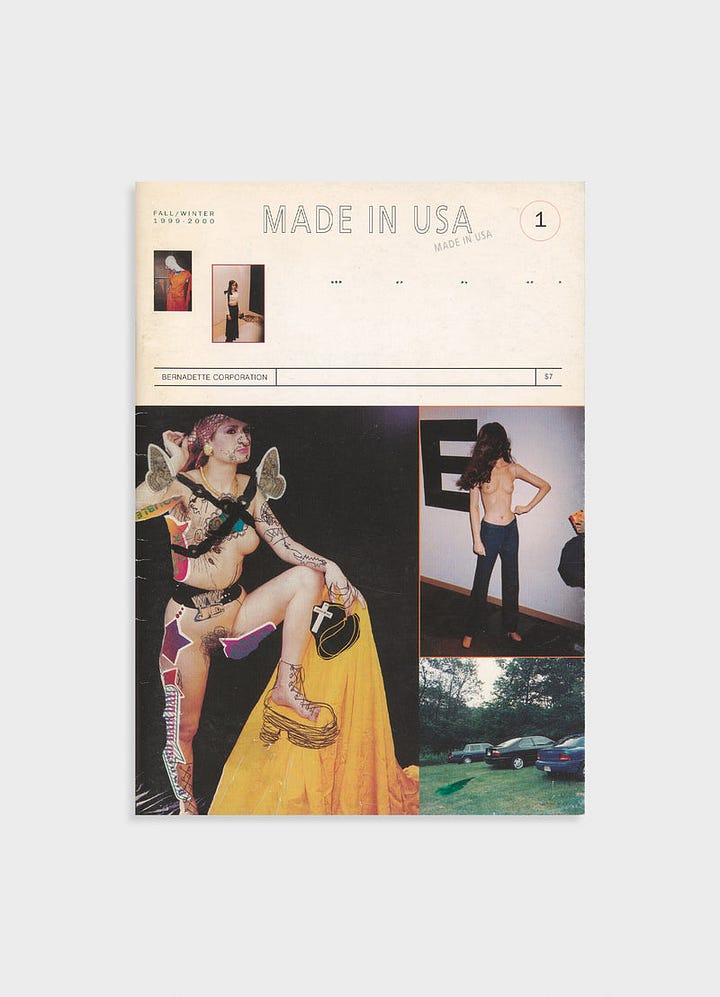
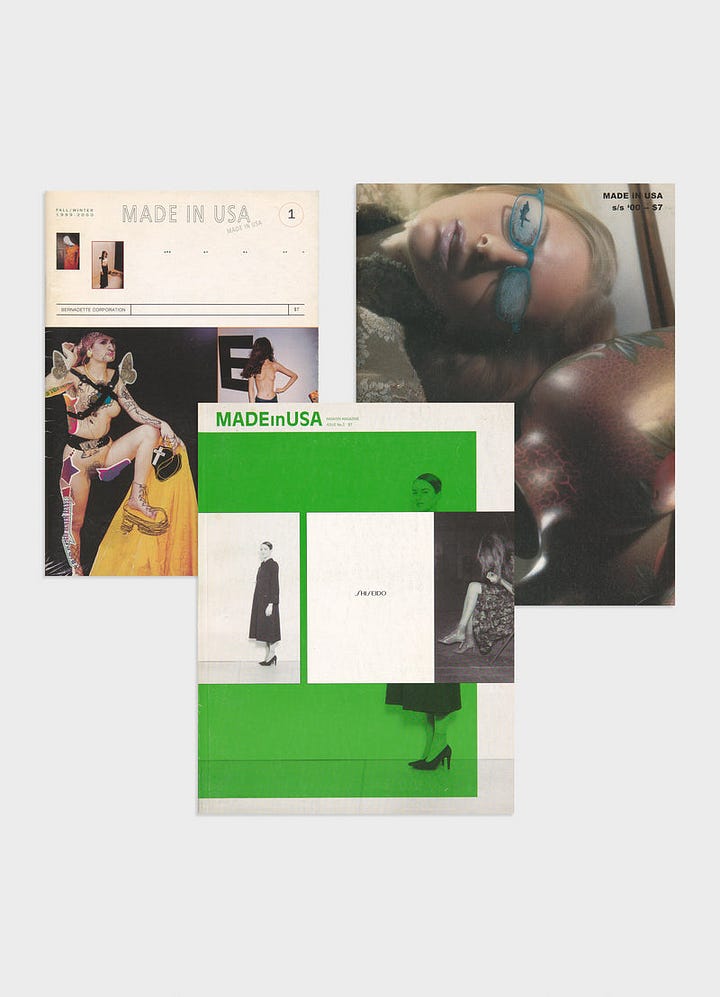
Only one week left to join the Strategic Art Direction Course this year!
In this course I am holding nothing back about the industry, I’m sharing all my stories, insights and ways of working from 7+ years of experience across global brands, luxury and agencies. This is for those who want to sharpen their art direction skills on an industry level, know exactly how to carve your path and attract the dream brands you want to work for and build a voice for yourself meaningfully and visually that makes you stand out in a saturated market. Almost 50 lessons across 8 weeks, chance to ask specific questions and lifetime access. I’ve poured my heart into this course for over a year <3
Only 15 spots remaining…
What Sequence Can Still Teach Us
Lookbooks, especially when printed or bound digitally, offered an opportunity to build visual sequence. Page one could be quiet. Page five could be defiant. Page ten might loop back to page one with a gesture, or a location that reappears.
This structure of introducing, building, escalating, gave rhythm to the designer’s world they were building. It gave more depth to the story behind the collection.
Modern campaign formats often prioritise the image, not the sequence. What you see first is determined by an algorithm, not a story arc. But campaigns that still use this sequencing logic tend to hold more weight and get more recognition. You want to buy the clothes, because you want to be part of this world.
A good example is Adidas x Wales Bonner Spring/Summer 2024, shot by Viviane Sassen in Iten, Kenya. The sequence draws from East African running heritage, pairing archival sportswear with sculptural poses, chalked hands, and foiled blankets to create a lookbook that lingers between discipline and reflection.
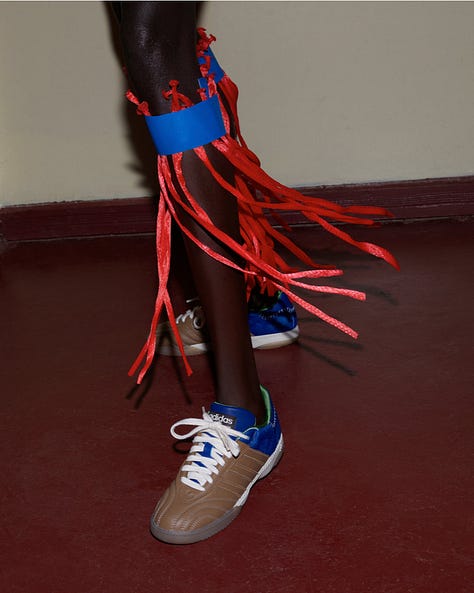






There’s a difference between seeing ten outfits and seeing a world unfold over ten frames.
Why Brands Are Revisiting the Format
In recent years, a quiet revival has emerged, not in the mainstream, but in corners of Paris, Berlin, Seoul, and London. Small labels are printing again. Some are mailing zines. Others are building image PDFs that read more like personal essays than marketing documents. These are not nostalgia, but a tool for distinction and getting the customer to interact with the brand again.
Lookbooks are not necessarily the opposite of digital strategy. They are a different kind of offering, one that assumes your audience wants to think, not just click. That they want to experience, not just view.
When Heaven by Marc Jacobs released its early campaign imagery through zine-like PDFs, it echoed this logic. The images were grainy, the layouts casual, the sequence curated with a subcultural eye.
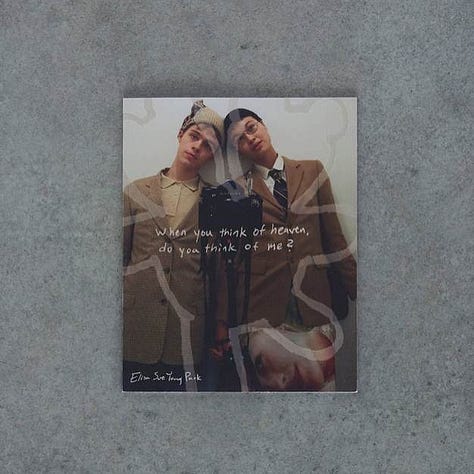
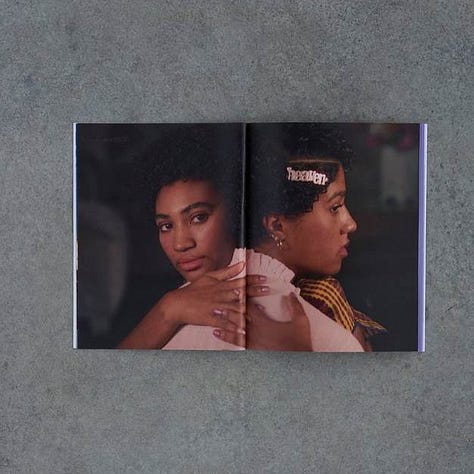
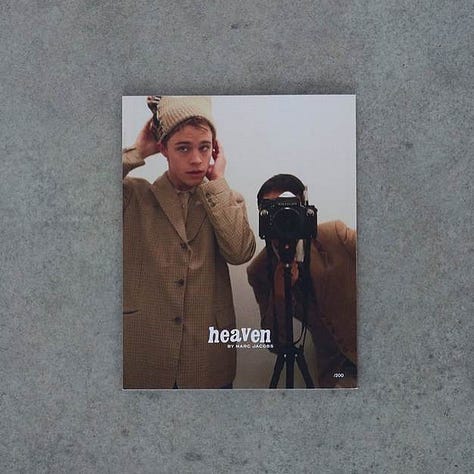
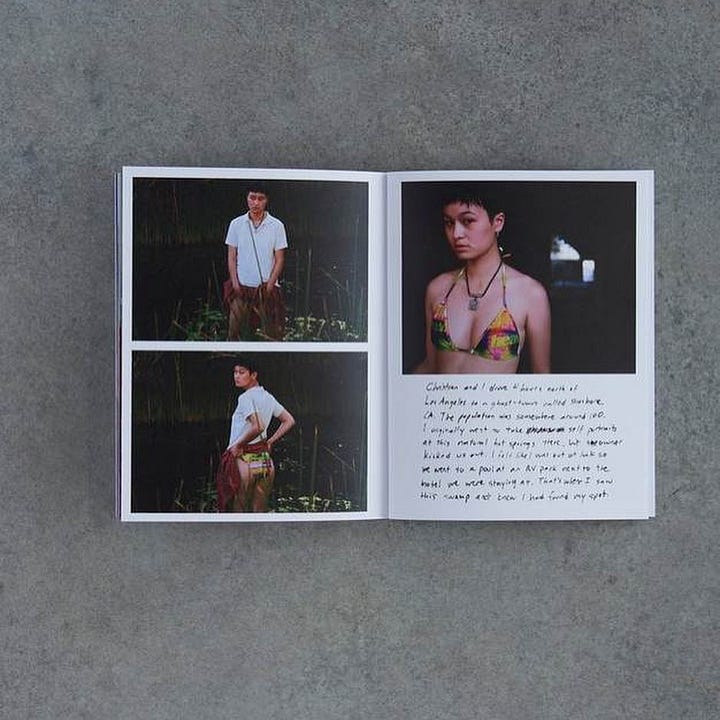
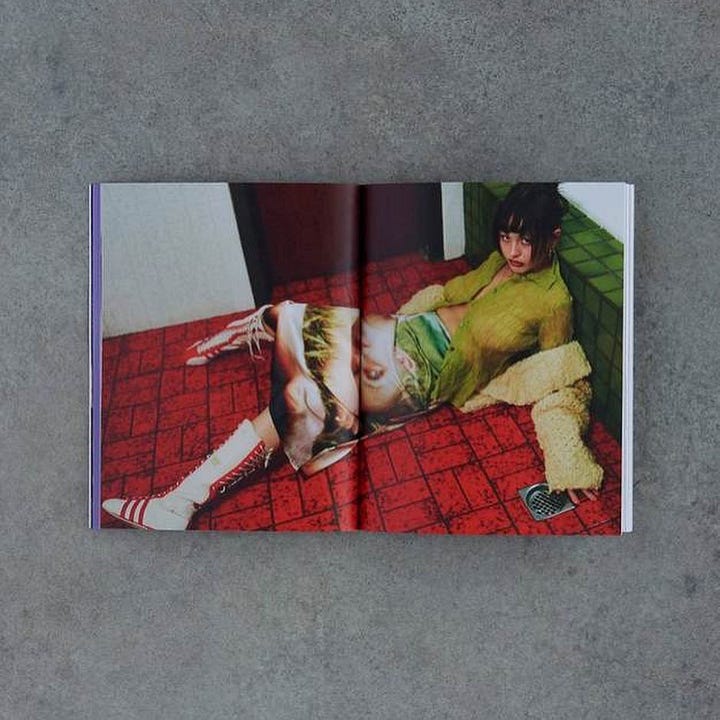
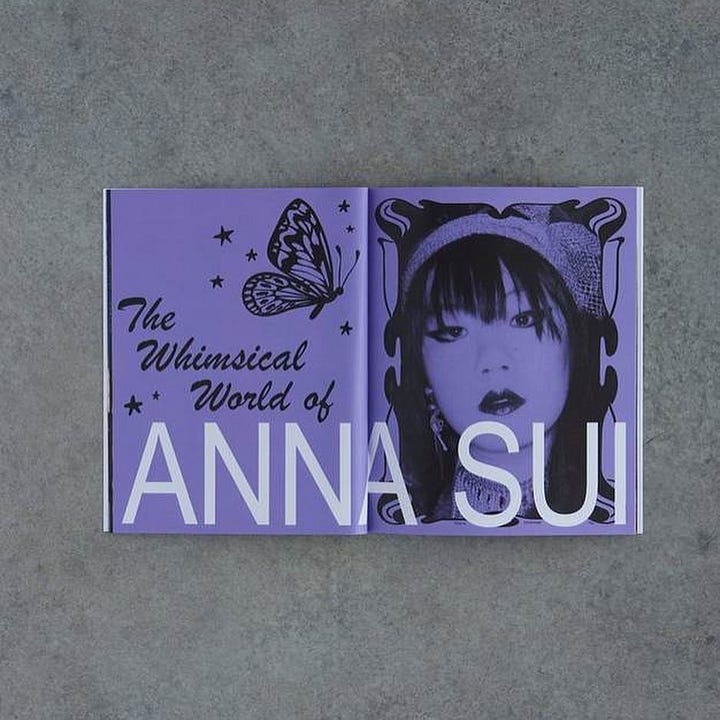
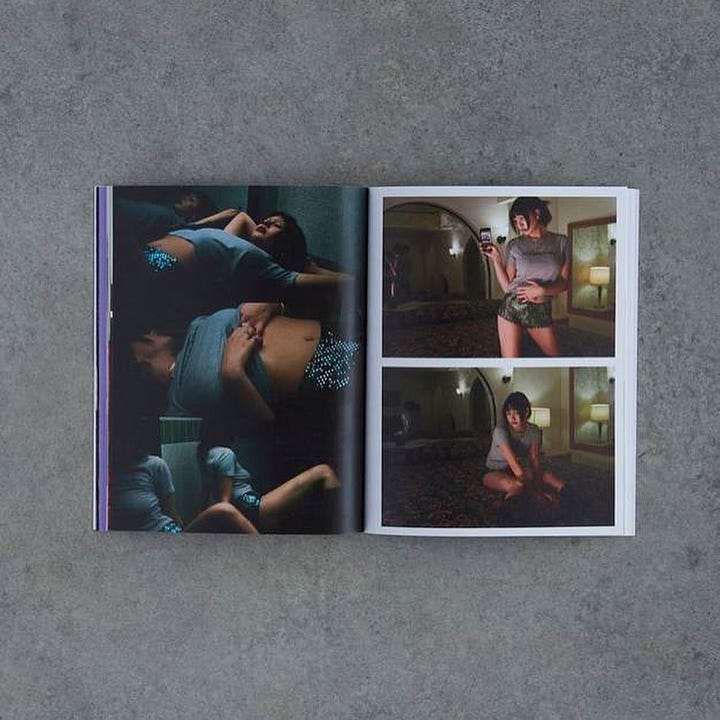
What Comes Next
Going back to the art of lookbooks is an argument for returning to intentionality, it’s often being referred to as a call for nostalgia. But a slower way of living, interacting with images and the buying experience is slowly becoming more and more significant.
For art directors, the lookbook is still one of the few formats where nuance is allowed. Where gestures, styling, set design, and sequencing come together without the obligation of scale.
As image-makers, the responsibility is not just to make things look good, but to make them feel coherent. That coherence once lived inside lookbooks. It can again. Whether in a digital slideshow, a printed artefact, or an interactive site, the logic remains the same:
Tell a story with image. Let it unfold.
Don’t just show. Build a world.
I hope you enjoyed this essay on lookbooks. I’ve been experimenting with the way I am writing and the type of topics I am covering on this newsletter. And I’ve been really having fun with it and found a renewed type of motivation for my Substack! Would love to know your thoughts.
Love,
Zoe





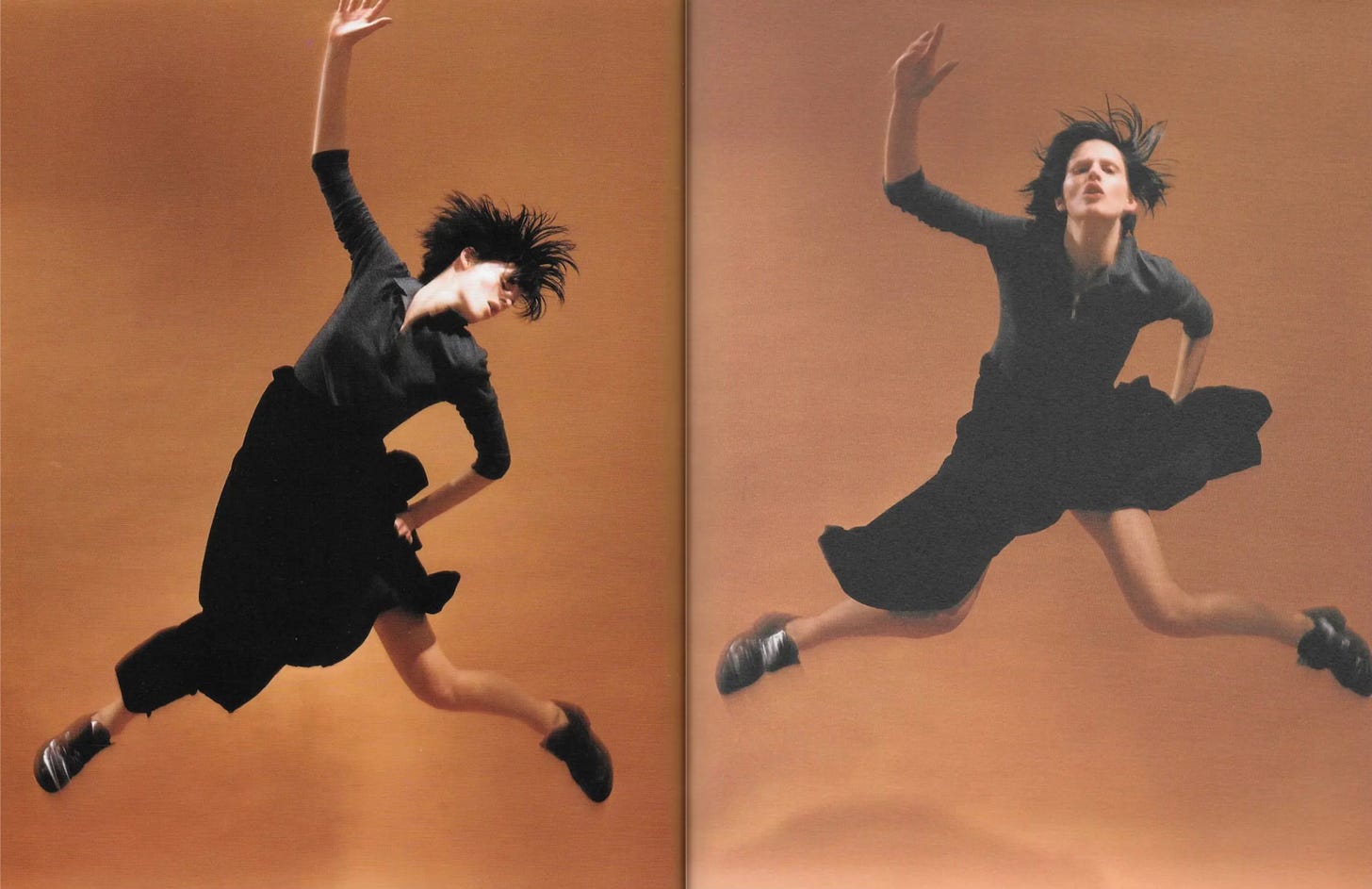
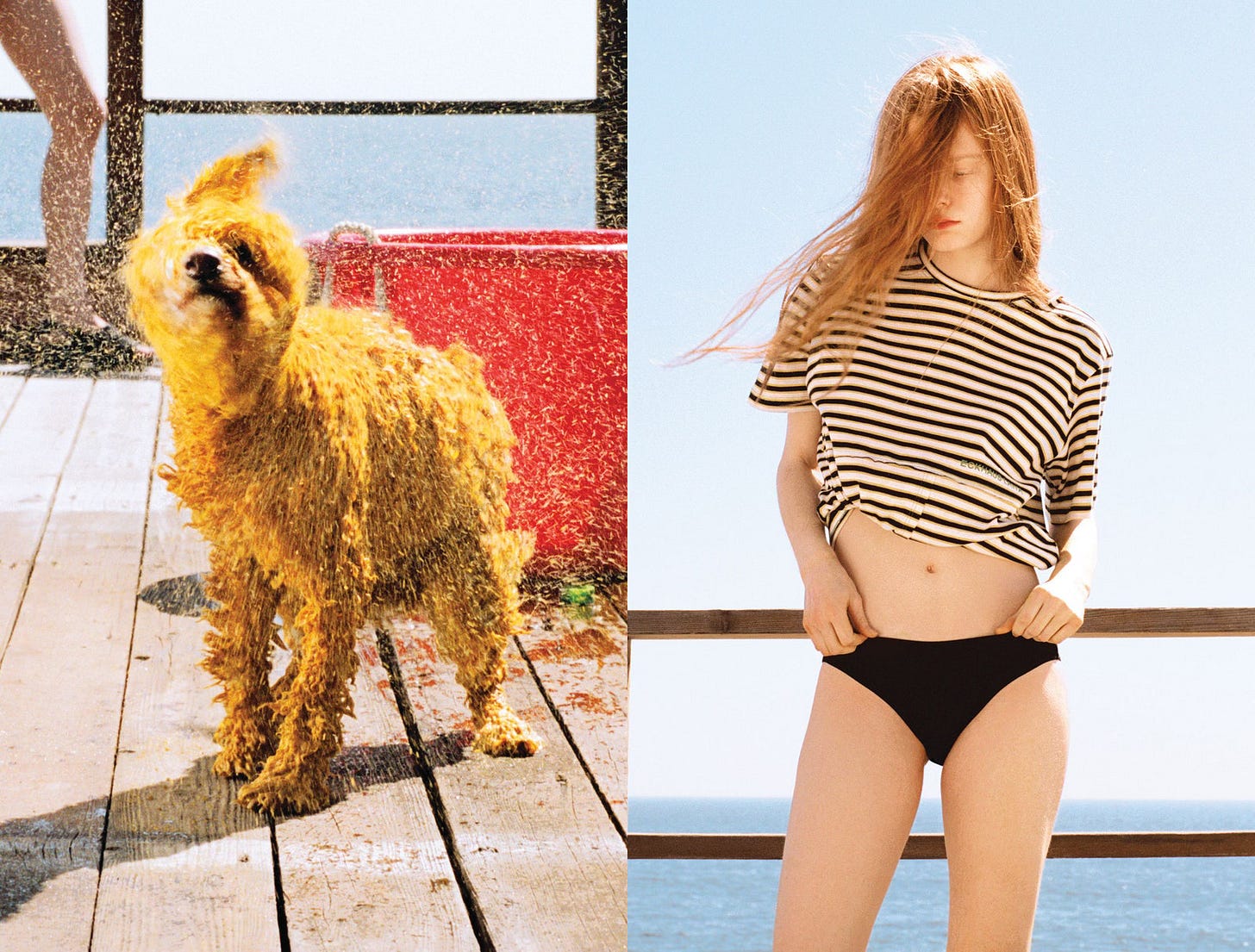

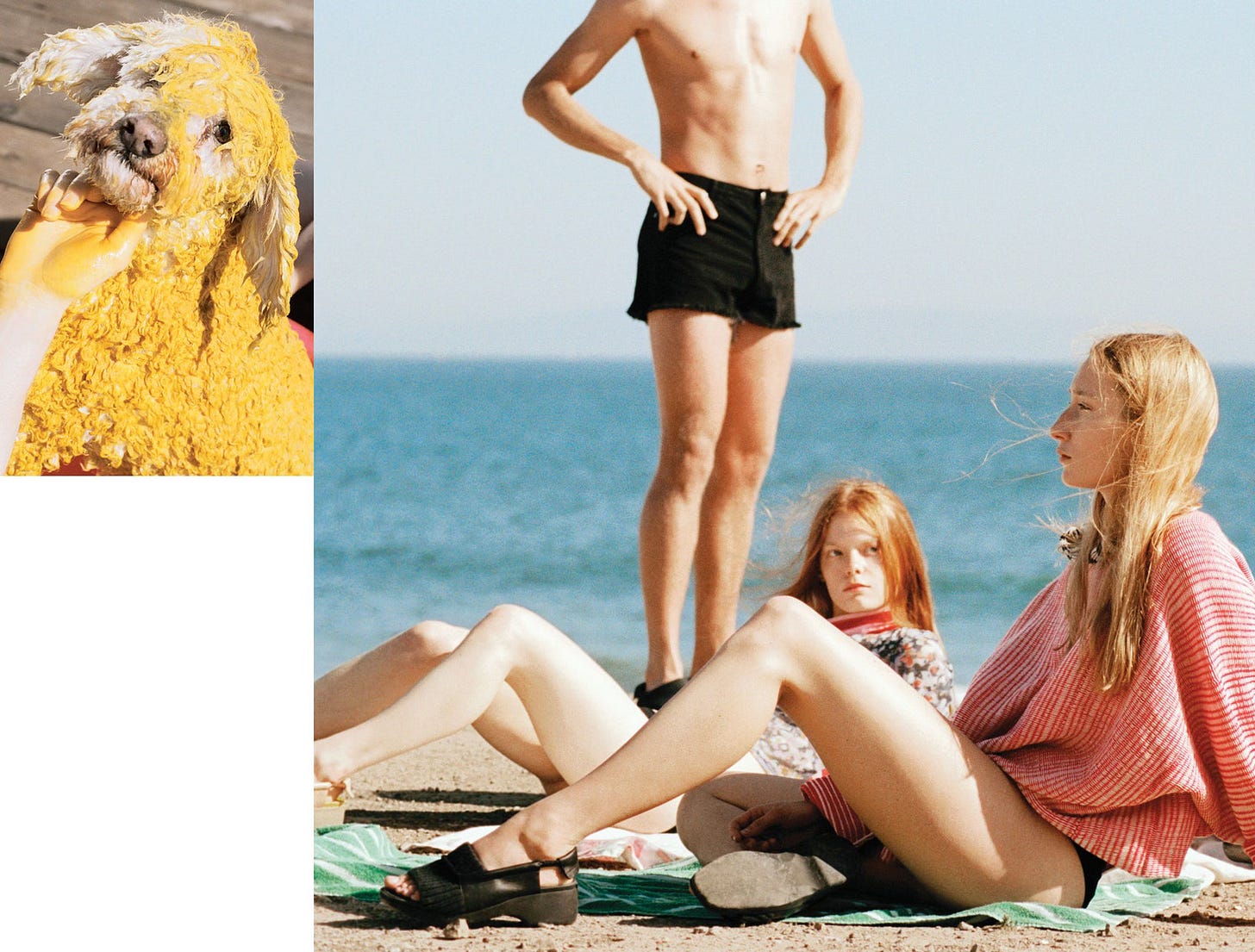
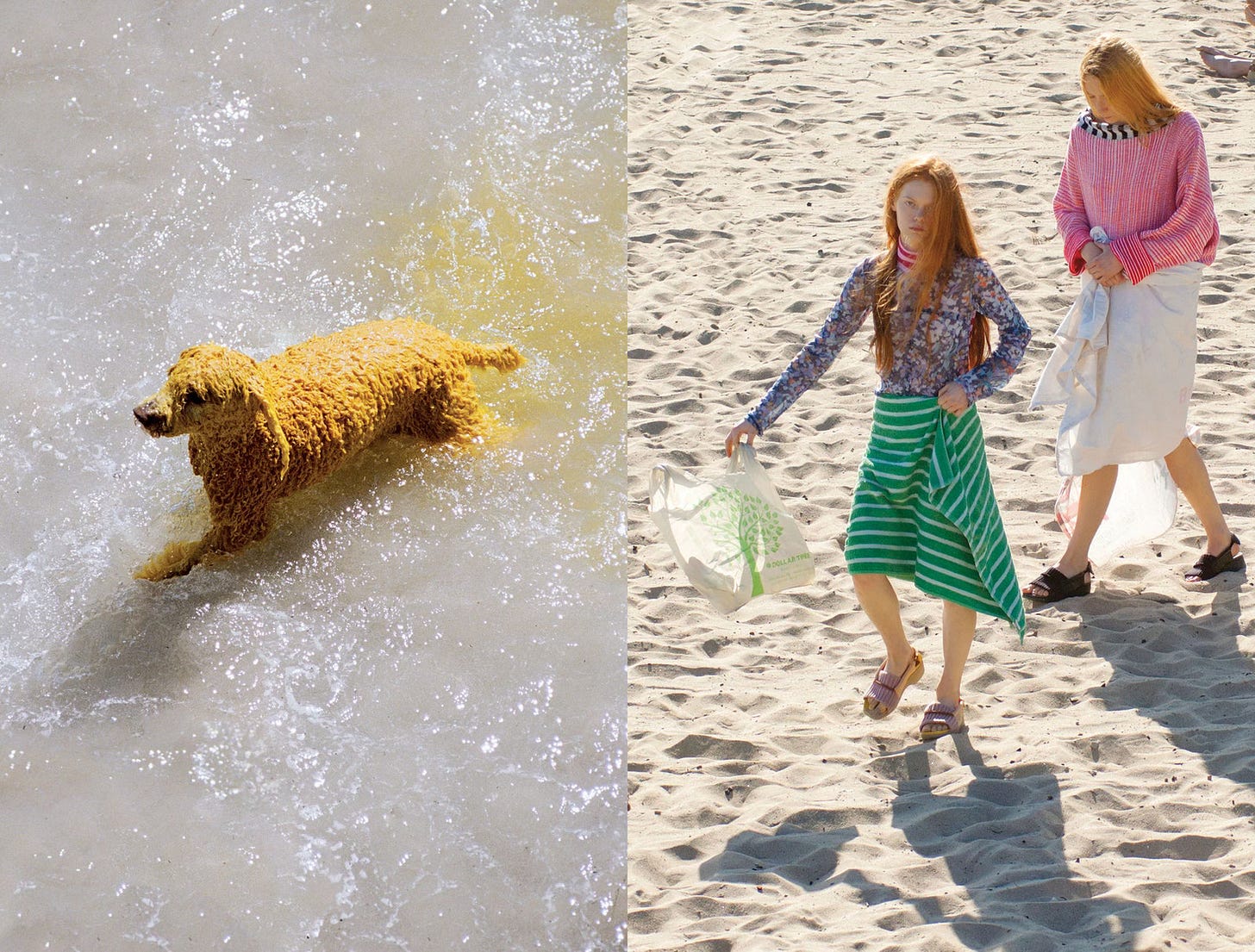
I miss look books. When I worked as an editor at a print magazine so long ago, we would get mailed all the look books for collections. We would sit and go through every one, picking out the styles we liked best. Each look book was a world in itself. So magical. x
This is SO coming back and I think it’s going to expand beyond fashion into brand doing world building.